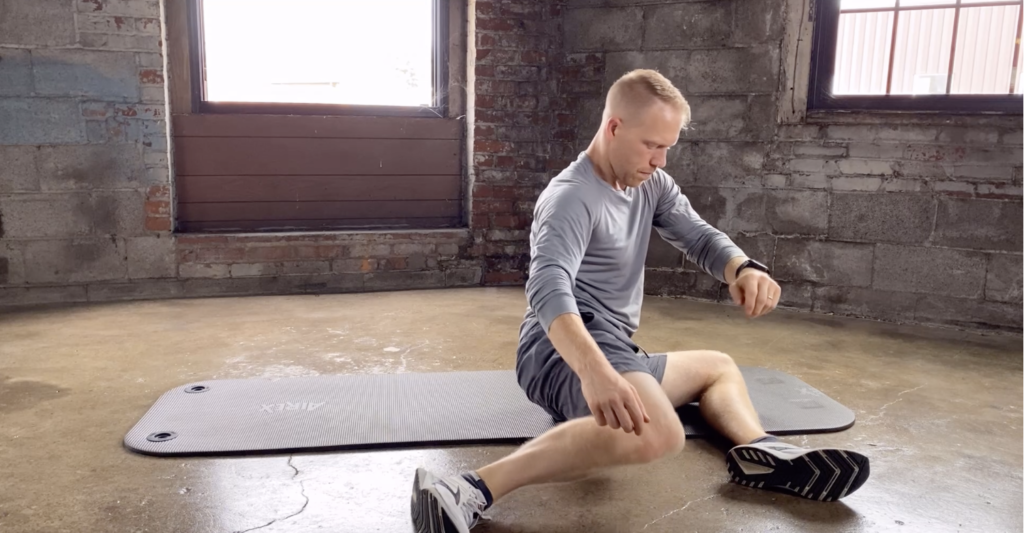3 Common Hip Training Mistakes
Dustin Roux
Navigating Hip Issues
Discomfort in the hip region may be one of the most common things you treat as a clinician. While it seems straightforward, the hip can at times be hard to treat due to it’s role in gait, it’s effect on back pain, and it’s downstream effects on the knee. We tried to put together a simple piece on thing that might help you in the clinic.
3 Common Hip Training Mistakes
- Stretching isn’t the only answer to tightness.
Stretching is often the first thing therapists go to when a patient has pain, tightness, or mobility limitations. However, many times, this is not true tightness. See an excellent article here, by Zac Cupples on this very topic.
Rather, it’s a lack of muscular control through a range of motion.
The patient may be able to passively move in this direction. The “tightness” that they feel may be because the brain is limiting their muscular movement due to lack of neuromuscular control in that given “tight” area.
Stabilization in surrounding musculature could be a key to improving this neurological tightness. Stabilization and strengthening can occur through different methods like:
- slow eccentric loading
- static holds through challenging ranges of motion
- full range of motion strengthening
- Don’t forget the hip flexors
Some of the most common exercises (squats, deadlifts, lunges) tend to focus on forms of hip extension. Very few programs involve some form of hip flexion work. While it’s difficult to access the end ranges and create some high force like you can with some heavy deadlifts, you can still work on training the ability to access that range with some degree of control.
Rapid and high force hip flexion is a massively beneficial movement for any athletic patient who requires running or change of direction movements. It’s also good for anyone who has to preload before performing rapid hip extension. This doesn’t mean you completely remove hip extension movements. Instead try to create some balance between front and back give. You don’t need to go crazy with anterior exercises. Throwing one in every now and then can pay big dividends.

- You don’t have to use a barbell for everyone
The only individuals you will treat that are required to use barbells are powerlifters and olympic weightlifters. Almost every other advanced patient does not HAVE to use a barbell for their lifts.
If the advanced patient requires some hip strengthening, barbells may have their place. Though due to the vast differences in anatomical structure among individuals, the barbell may not fit the patient’s joint structure or muscle lengths in a way that produces optimal results.
Most lifters can use other implements, such as dumbbells, cables, kettlebells, and just good old bodyweight drills. It can make the difference between lifting with discomfort or feeling absolutely flawless and strong.
Consistency Matters Most
You can always work on all this things concurrently. But, no matter what you decide to do, make your program for the patient simple and efficient to keep them compliant! Consistency is king.
